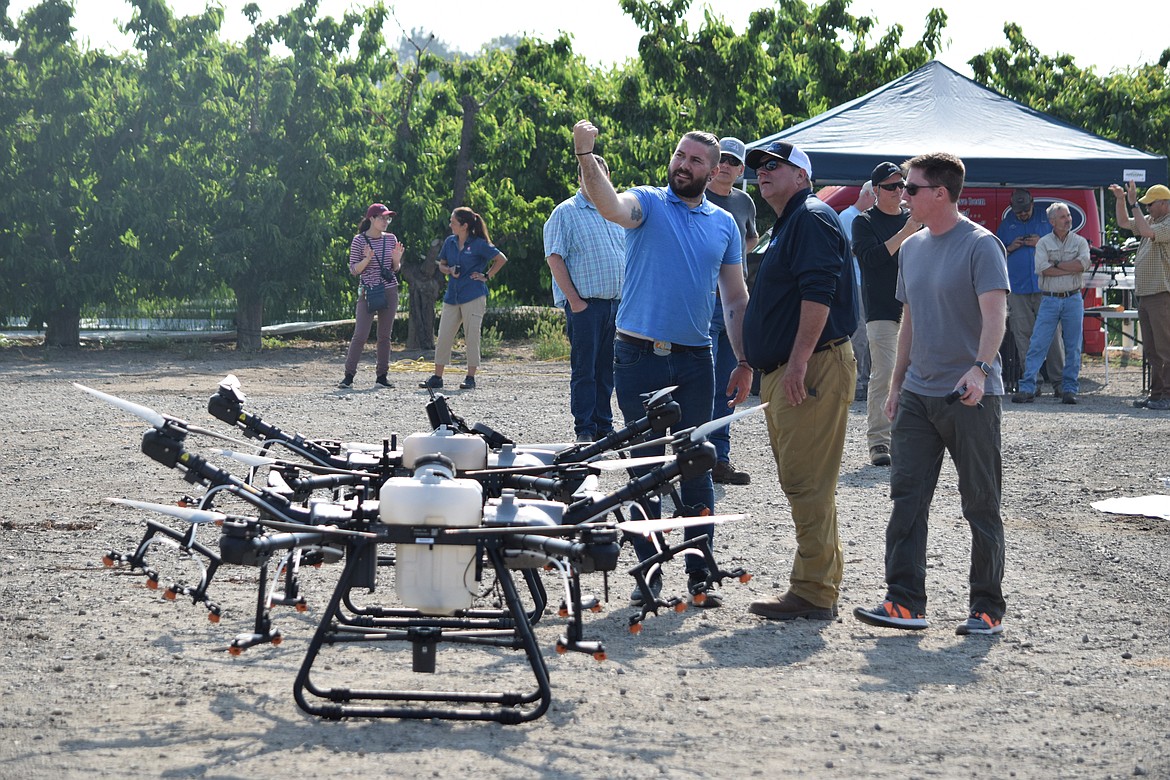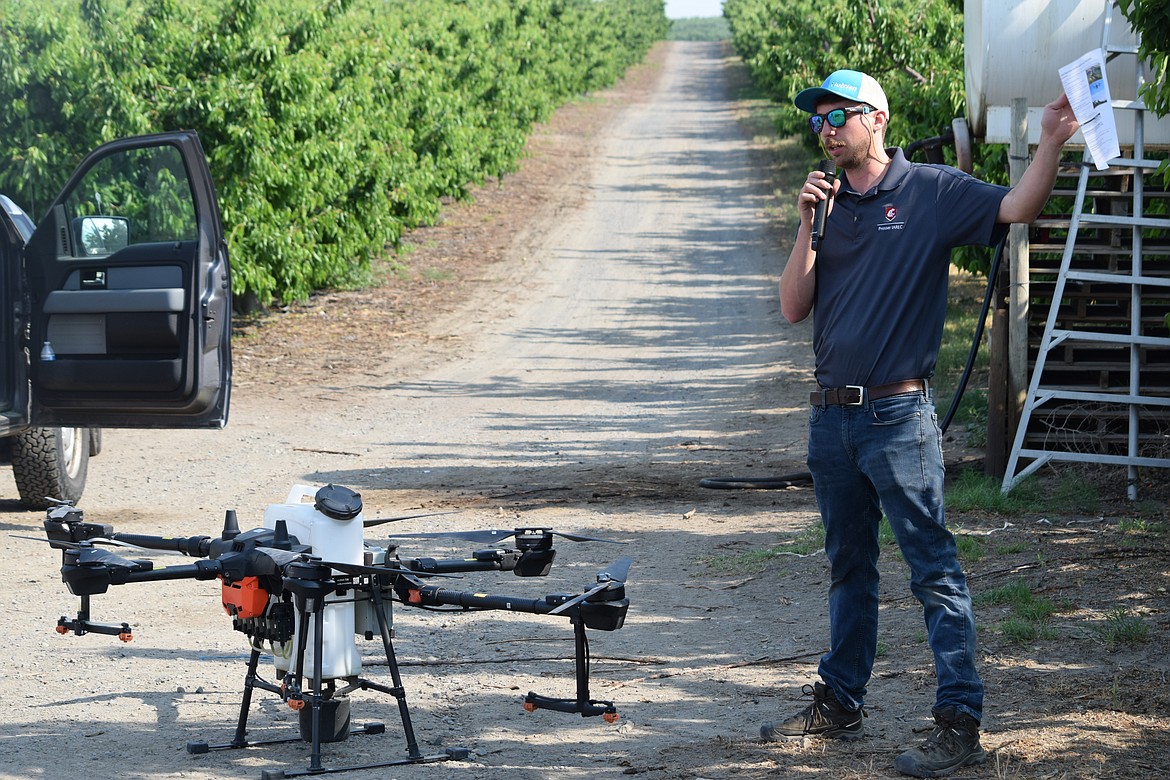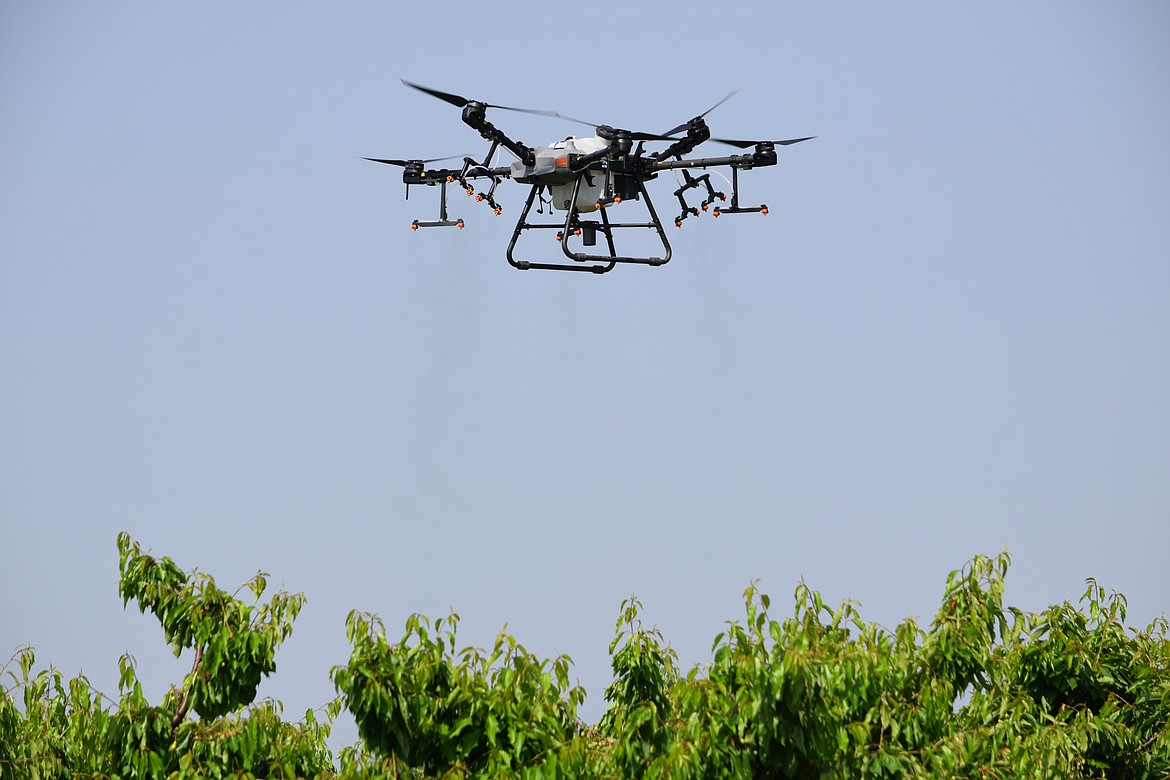Learning to fly
PASCO — It’s not too hard to learn to fly a drone, according to Washington State University smart farming expert Jake Schraeder.
Become a Subscriber!
You have read all of your free articles this month. Select a plan below to start your subscription today.
Already a subscriber? Login





